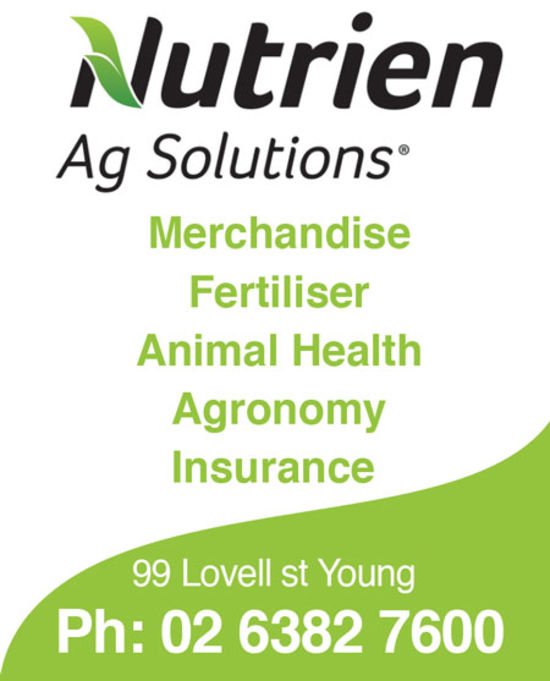A few cases of grass/transit tetany reported in both cattle and sheep lately, it is timely to consider our options.
There have been reported cases of hypomagnesemia in lambs. Also be careful of bringing stock from areas that are less fortunate than ours at the moment, give them time to properly adjust, provide them with good quality roughage so do not gorge feed on arrival to their new home. Remember prevention is always far better than cure.
Grass tetany is most common in lactating beef or dairy cows, but can affect all classes of stock. Grass Tetany is also known as hypomagnesemia.
Cause:
- Low magnesium levels in the blood and fluid surrounding the brain.
- High potassium and nitrogen interfere with magnesium absorption in the rumen.
- Cattle depend on frequent intake of magnesium to maintain normal blood levels.
Risky Situations:
Problem pastures include:
- Short green pick after the break which is low in magnesium, high in potassium and protein.
- Grass dominant pastures. They are low in calcium and sodium.
- Sudden cold, wet, windy weather, particularly when there is little shelter.
- Cold soils. Usually have more nitrogen which affects the ability of animal to absorb magnesium.
- High use of potassium and/or nitrogen fertiliser.
At risk stock include:
- Sudden starvation of fatter, older cows.
- Cows in early lactation. They have a high requirement for magnesium and are therefore at greater risk.
- Older cattle.
- Stock in transit that have been held over off feed.
- Stock brought in from areas with lesser feed quantity and quality that are under stress.
Symptoms:
- Usually, the first sign is a dead cow in the paddock with froth from the mouth and nose.
- Initial signs are face and ear twitching, wary appearance and stiff gait.
- Intermediate signs are “goosestepping” (tail and head held high), galloping and loud bellowing.
- Advanced signs are convulsions, profuse salivation, staggering.
- Cattle will typically lie down on their side with legs outstretched, stiff and paddling.
Treatment:
If caught early,
- A 4-in-1 injection (FLOPAK Plus) can be given under the skin.
- Treatment is often unsuccessful, but grass tetany is easily prevented with early magnesium supplementation and good management.
Prevention and management:
* Pasture management
- If possible, remove stock from problem paddocks until the pasture is more mature.
- Speak to a Landmark agronomist regarding fertiliser practices in problem paddocks.
* Feed management
- Provide good quality legume hay to provide a source of calcium & magnesium.
- Minimise stress during risky periods e.g. yarding, transportation
- Supplement magnesium.
- Sodium is necessary for magnesium absorption, therefore salt should be included when supplementing magnesium.
- Rumevite magnesium block contains magnesium, minerals and molasses for palatability and better intake.
- Loose licks: CONQUEROR magnesium plus minerals lick
CEVA Green feed lick
LEINERTS Hoof and Health and Mid Mag
Magnesium Oxide (e.g. Causmag) - 60g/head/day mixed into a slurry with water and poured over hay daily.
Contact the friendly team at Nutrien Young
99 Lovell St Young
02 6382 7600
Stay Connected
Subscribe
Get in Contact
Hilltops News to your inbox
Sign up now for the latest news from the Hilltops Area direct to your inbox.

